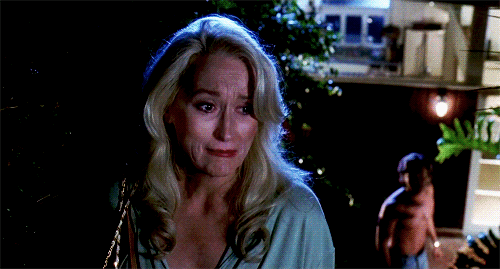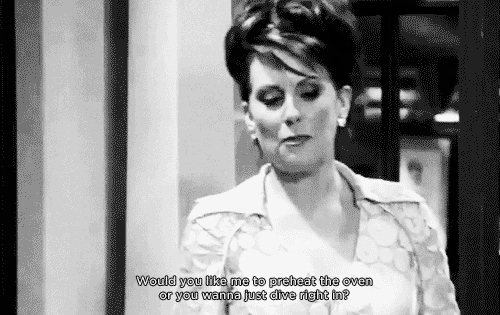Our newspaper runs news-style obituaries for free as a public service to the community. This morning we had a couple come in with an obituary and photo for their infant. The photo was of mother and child. It’s a peaceful photo, and it’s not immediately apparent that it’s a deceased eight month old. But it’s still a dead baby. This led to an interesting discussion in our office. We have never had this kind of request before, so this will set a precedent for our paper. My question for you is, if you were the editor or publisher faced with this request, what would you decide? —Andrew Sheeler
In the wake of the New York Post running front-page photos of the last minutes of someone’s life, this question seems downright quaint. It feels a bit extreme to call this a “dead baby photo,” even though that’s what you’re describing. If it doesn’t look macabre and the family is not only consenting but actively wants this picture published, I see no problem with it. What’s the concern, that you’ll bum out the happy readers of the obit section? I’d run it. Photos of a man about to be struck by a train? Probably not.
I’m three years into my career and writing a lot for the cops and courts beat. I know it’s important to talk with victims and even criminals after a crime. Yet, I hate delving into these people’s privacy. I don’t like calling or using Facebook to track down the friends and family of the recently deceased when I feel the last thing they want to do is talk to a reporter. It’s not about having thicker skin—I can handle being yelled at—but I genuinely believe these folks deserve some privacy. What can I do to change my mindset? —Anonymous
This is something I never managed to get over when I was a newspaper reporter. As I was harassing someone aggrieved, I’d think, “This is why people hate reporters.” It’s soul-crushing, isn’t it?

Short of switching beats, there’s not a lot you can do if this what your editors want. And I’m guessing they do, as it’s a pretty central part of most newspaper cops and courts coverage. In the meantime, I’d try to pitch bigger-picture cops and courts ideas: investigative pieces, profiles, and other types of pieces that go deeper than what’s on the scanner. But #realtalk? I’d also start job hunting.
As someone who is attracted to writing about not just what’s broken and shitty but also what’s working to make the world better, I often feel like an outsider in journalistic circles. There’s so much suspicion of writing even investigative, hard-hitting stories about successful models of social change. It’s as if coverage is automatically advocacy if it’s not deeply depressing or snarky. What’s your advice to journalists who want to pitch this kind of work—what my colleagues and I have been calling “solutions journalism”? —Courtney E. Martin, co-founder of the Solutions Journalism Network
Yeah, what’s up with journalists being so drawn to the negative and the depressing?

When it comes to positive pieces, it’s all in how you pitch them. Sell these ideas as profiles, as stories about conflicts or problems (with, of course, a solution), as second-day news stories. Never pitch “a story about a successful model of social change.” Bo-oring. You have your own agenda, but there’s no reason to sell editors on it. They’re motivated by a different set of concerns. They want pieces that fit their editorial voice, angles that feel fresh and timely, and compelling stories. Focus on those aspects of your idea rather than your overall editorial goals, and I bet editors will bite. Also, I don’t believe snark and solutions are mutually exclusive. Sometimes you can bait readers (and editors) with a little cynicism before you 180 and hit them with your starry-eyed optimism.
Ann Friedman is a magazine editor who loves the internet. She lives in Los Angeles
